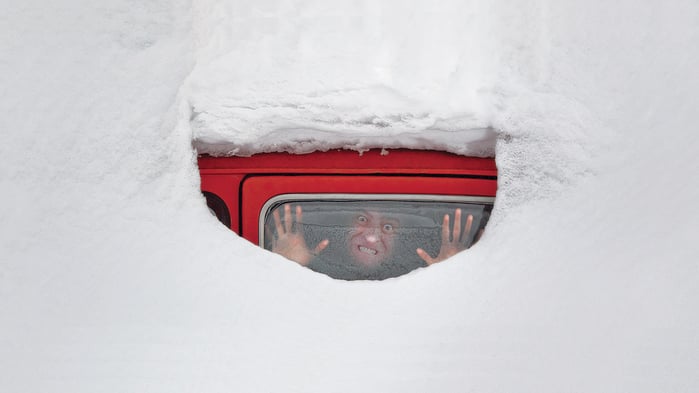While we always hope that disaster won't strike, it is best to be prepared just in case. Using a CMMS can help you plan and be ready, should the worst happen.

When it snowed heavily in Atlanta a couple of years or so ago, there were school children who were forced to stay at their school overnight due to conditions on the highway. Parents or transportation of any sort was not available. The point is that there had to be the right shelter available, that was ready for this type of situation and would not compromise their safety.
It is imperative to have an evacuation area in mind that has a few specific criteria:
Choose The Proper Shelter
Whichever space you choose should have a minimal number of windows (preferably none) and doors. Make sure it offers the opportunity to shut off outdoor air exchange, at least for a short period of time, explains Scott Tezak, practice lead for security and emergency preparedness at TRC Companies Inc., a national engineering, consulting, and construction management firm.
Have Several Rooms
If necessary, choose several rooms to avoid overcrowding, such as large storage closets, utility rooms, pantries, copy areas, and conference rooms without exterior windows. Do not shelter in rooms with mechanical equipment – you may not be able to seal these areas from the outdoors very well.
Backup Plan
Chemical or radiological releases may necessitate a backup plan, warns the Centers for Disease Control & Prevention (CDC). Rooms above ground level are best for chemical spills because some chemicals are heavier than air and could sink. However, a release of radioactive particles would make a centrally located room or basement the better option. “Access to bathrooms is a plus,” the CDC notes.
Read More: CMMS Can Help Prepare Your Facility For Disaster
Provide Enough Space
Another thing to consider is the size of your evacuation area. The CDC recommends 10 square feet of floor space per person to prevent carbon dioxide buildup for up to five hours. However, the sheltering period may be shorter than that in the event of a chemical, biological, or radiological release, the organization notes in its official shelter in place guidance: “Local officials are unlikely to recommend the public shelter in a sealed room for more than two to three hours because the effectiveness of such sheltering diminishes with time as contaminated outside air gradually seeps into the shelter.”
No matter what your plan, just make sure that you have one – just in case. CMMS is great for keeping track of the Preventative Maintenance in a shelter, so you don't end up with an even worse situation.









